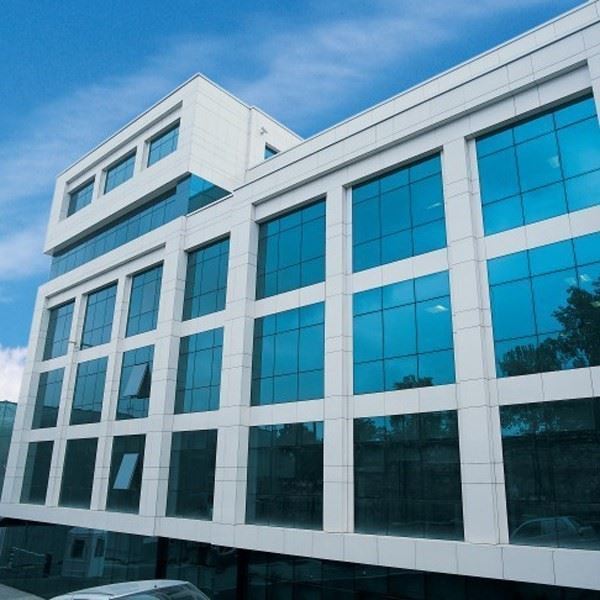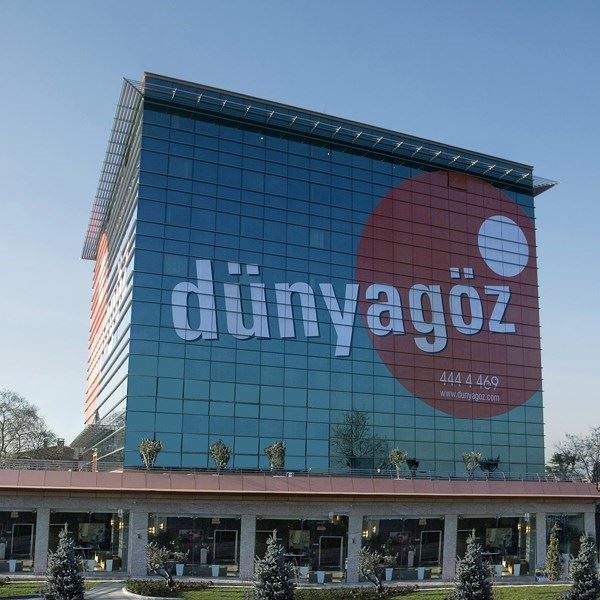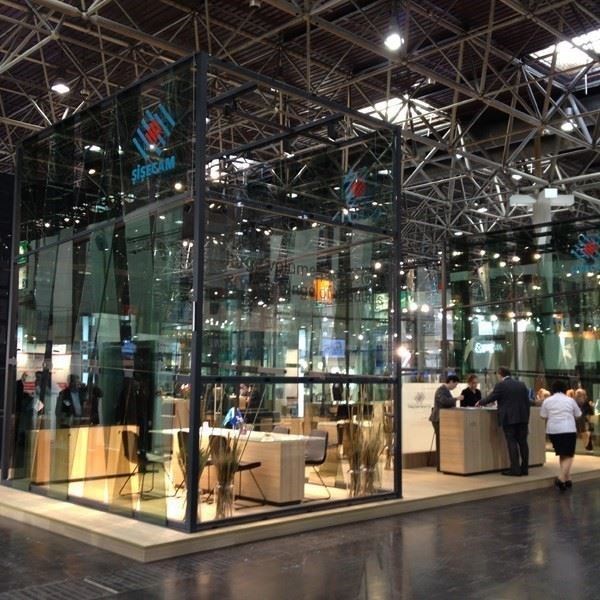Solar Control Glass | Tentesol
Please click on "Offer Request" button below to send your offer and detailed information request to the company for the Solar Control Glass | Tentesol product.
Curtain facades and / or windows of commercial buildings where reflective glass is preferred, balcony glazing, partition walls or decorative applications in interior architecture
• When the coated surface is used with the inside (2nd surface) color, when it is used with the outside (1st surface), the reflection comes to the fore.
• All sun control glasses have thermal breakage risks. Therefore, Şişecam Tentesol glasses should be used as tempered or partially tempered. When laminated, all layers of the laminated glass must be tempered or partially tempered against thermal breakage risks.
• It is produced in 4, 6 and / or 8 mm thickness, 3210x2500 mm and 3210x6000 mm standard sizes.
• Dimensional tolerances are ± 5 mm in all nominal sizes.
Advantages:
• It limits the sun's heat penetration.
• Controls the extreme brightness of the sun.
• It offers a comfortable working and living environment.
• Saves energy and reduces cooling costs.
• Provides visual integrity in buildings with curtain walls.
• When viewed from the direction where the light is strong, it creates a mirror effect.
• It offers ease of use and processing.
• Thanks to its hard coating, it can be stored in stocks for a long time without damage.
• Tempering, partial tempering, curving, enamel printing and laminated can be done.
• Available in silver, green, gray, bronze and blue colors.
Isıcam® units produced using Şişecam Tentesol are produced by Accredited Isıcam Authorized Manufacturers, which are audited by Şişecam Flat Glass, and are guaranteed for 10 years starting from the date of production against fogging and deterioration in the interstitial space caused by production errors.
TS EN 1096, CE





